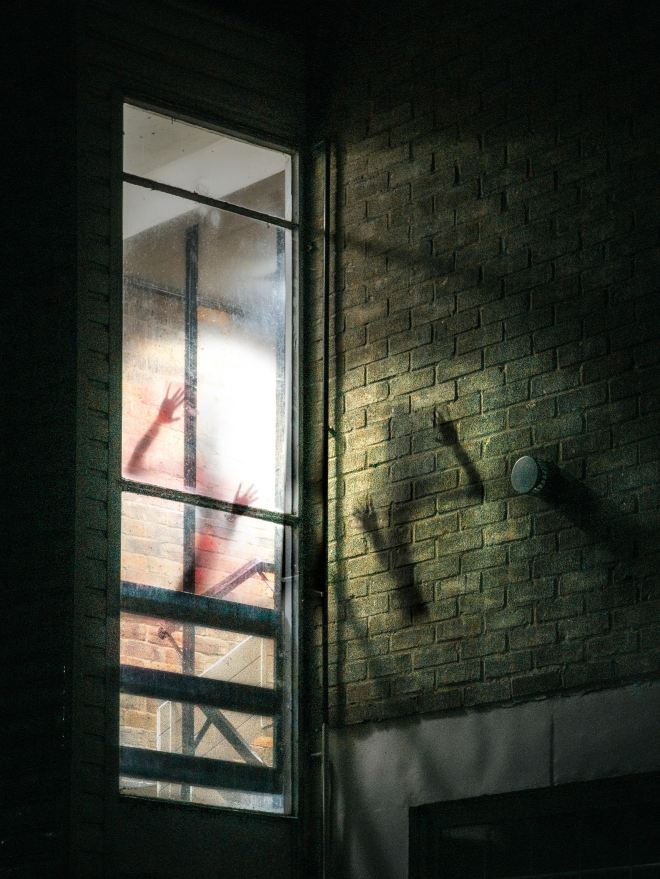Photo by Thomas Willmott On Unsplash
I’m no stranger to superstitions, and I’ve always been intrigued by the curious events linked to the number 13. In Christian tradition, the number 13 is often associated with Judas, the thirteenth disciple of Jesus, who famously betrayed him after the Last Supper. The Last Supper symbolized a gathering of Jesus’s disciples on Thursday in Jerusalem to leave his “last saving work”. The End of Last Supper and his crucifixion demonstrates a contrast from Judaism to Christianity. This association has also given rise to various superstitions, including the fear of “13” known as triskaidekaphobia. The whole concept seems to blend seamlessly with the eerie ambiance of Halloween. So, when I looked up “movies to watch on the 13th,” one title immediately caught my eye: “Friday the 13th.” I was initially puzzled, but then I realized that understanding the significance of superstitions could provide insights into why this day was chosen for the movie.
In 1980, Sean S. Cunningham capitalized on the sinister associations of the number 13 when he gave the movie its name: “Friday the 13th.” This franchise eventually produced eleven sequels and two reboots, amounting to “13” movies. While the movie may not boast the highest ratings in the realm of horror, it achieved popularity through its iconic serial killer character, Jason Voorhees. Jason has also made appearances in surprising places, whether it’d be horror films like “Paranorman” and “Jaws” or non-horror series like “The Simpsons,” “South Park,” and “Family Guy.” Despite not being the central character, he continues to be a captivating and enigmatic figure for the franchise.
Even though Jason is barely mentioned in the movie as he goes on a murder spree after any horny teen he can find in the Camp, which has been noted as “cliché” for a horror movie plot, what distinguishes Jason Voorhees from other horror movie characters is his resilience. He never seems to be vanquished by the teenagers he targets and possesses a complex backstory that draws viewers to his side, which barely accounts for a minute in the first movie. Jason is portrayed as having significant mental and physical disabilities, leading his mother, Pamela, to homeschool him in Camp Crystal Lake. Leaving him to teenage counselors causes disaster, as they remain oblivious to his presence and are preoccupied with their own interests, leading to Jason’s tragic fate.
Some viewers speculate that Jason’s murderous spree is driven by a desire for revenge against those who caused his trauma; yet, this portrayal ultimately casts him as a “killer” rather than a sympathetic character. Another interpretation suggests that Jason is a territorial figure, fiercely protective of Crystal Lake. The teenagers engaging in reckless behavior around the lake can be seen as intruders disturbing the natural setting.
This leads to a broader question: How does the enigmatic character of Jason Voorhees and the “Friday the 13th” franchise impact other genres or real-life concerns? One theory suggests that Jason Voorhees might represent a response to the Red Scare during the Cold War between the United States and Soviet Union based on their contrasting ideologies. Senator Joseph McCarthy’s House of Un-American Activities Committee stoked fears of “aliens” or communists infiltrating the United States. This interpretation is supported by the timing of the movie’s release during the Cold War, a period of heightened tensions between the United States(democracy) and the Soviet Union(totalitarian state/communist regime). Jason Voorhees was analogous to the House of Un-American Activities Committee hunting down teens, who are analogous to “hippie” teens, who are engaging in unconventional behaviors. For example, Edward Dmytryk and other Hollywood directors were presumed to have communist affiliations simply due to the content of their creations showing how minorities explore themselves and fight for their rights.
However, it may be a stretch to attribute a political motive to a story centered around a lake, teenagers, and a murderer pursuing them for their misdeeds. An alternative theory suggests that the plot of this slasher classic could comment on the AIDS epidemic, which was initially categorized as a “sexual disease” before further research confirmed that AIDS was primarily transmitted through blood transfusion.
As a busy high school student, dedicating time to watch this movie during cable marathons may seem daunting. However,the popularity of Jason Voorhees on Friday the 13th can be a complex cautionary tale to the developmental, political, and public health facets of life as a whole, drawing inspiration from the superstition of “13”.
References:
https://screenrant.com/friday-13th-jason-voorhees-origins-explained/
